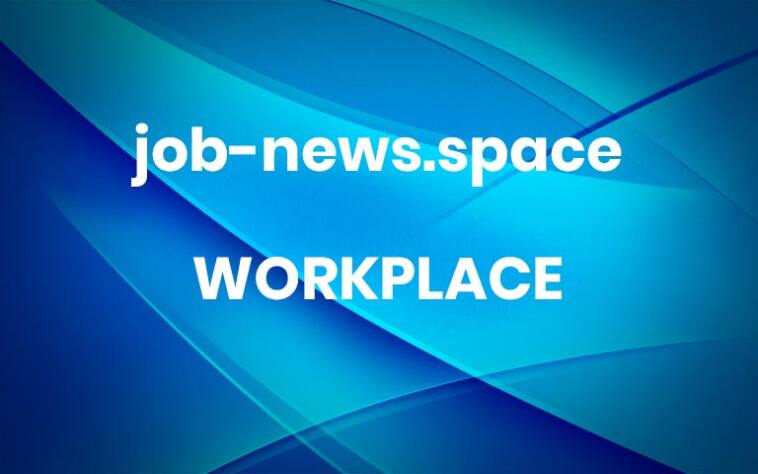The RTO Tug-of-War: Large Employers Grapple with Return-to-Office Mandates
The post-pandemic return to work continues to be a battleground, with large employers caught in the middle.
A recent trend – Return-to-Office (RTO) mandates – is seeing companies require employees to return to the physical office for a set number of days per week. While some see this as a necessary step to rebuild company culture and collaboration, others worry it disregards the benefits of remote work and risks driving away valuable talent.
Many companies are implementing Return-to-Office (RTO) mandates, requiring employees to spend a certain number of days in the office. Here are some notable examples:
Technology Giants
Amazon: Requires most corporate employees to be in the office at least three days a week.
Apple: Mandates employees to work in the office three days a week.
Meta (formerly Facebook): Requires employees to be in the office at least three days a week.
Microsoft: Has a hybrid work model but encourages employees to be in the office for in-person collaboration.
Other Industries
Disney: Has implemented an RTO policy for its corporate employees.
Barclays: A UK-based bank, has mandated a return to the office for most employees.
Asos: An online fashion retailer, has introduced an RTO policy for its staff.
UPS and Boeing: Have implemented strict five-day-a-week RTO mandates.
The Push for In-Person:
Proponents of RTO mandates argue that in-person interaction fosters creativity, innovation, and a stronger sense of team spirit. Companies like Dell point to the value of spontaneous brainstorming sessions and mentoring opportunities that are difficult to replicate virtually. Additionally, concerns exist around maintaining company culture and ensuring effective communication when employees are scattered geographically. However, a recent report by the Stanford Graduate School of Business suggests that these concerns may be overstated, with studies showing that remote teams can be just as effective at collaboration when equipped with the right tools and processes.
The Employee Exodus:
However, many employees, especially those who thrived during the remote work era, are pushing back. A recent study by Time Magazine cited research showing a significant exodus of senior employees from companies with strict RTO policies. These employees cite factors like work-life balance, childcare challenges, and increased productivity at home as reasons for preferring remote work options. This talent drain can be particularly damaging for technology companies, which rely heavily on skilled professionals.
Companies that lose talent due to RTO face significant consequences:
Loss of institutional knowledge: Departing employees take valuable experience and knowledge with them, impacting the company’s expertise and innovation.
Difficulty filling open positions: Finding skilled replacements in a competitive job market can be challenging, especially if the company’s RTO policy is seen as inflexible.
Decreased morale and productivity: The remaining workforce might experience lower morale and decreased productivity due to feeling undervalued or facing increased workloads.
Companies like Buffer and Automattic, once known for their successful remote-first models, saw significant talent departures after implementing RTO mandates. These cases highlight the potential cost of disregarding employee preferences for work flexibility.
Finding a Middle Ground:
The answer may lie in a hybrid model that allows employees to split their time between home and the office. This approach offers a compromise, balancing the benefits of in-person interaction with the flexibility and productivity gains of remote work. However, crafting a successful hybrid model requires careful consideration of factors like role requirements, team dynamics, and employee well-being.
Microsoft offers a flexible approach, allowing employees to choose their work style based on their role and needs. They have designated “focus days” where in-person collaboration is encouraged, but also allow for significant remote work flexibility. Microsoft emphasizes clear communication and utilizes technology to ensure all employees, regardless of location, feel connected and included.
The Future of Work:
Who will thrive? Companies that can strike a balance between remote work flexibility and the benefits of in-person interaction are likely to succeed in the future.
The future of work is not an either/or situation regarding WFH or RTO. A flexible, hybrid model that prioritizes employee well-being and fosters a productive and inclusive work environment is likely to be the most successful approach for companies in the years to come.
Share this post: More




